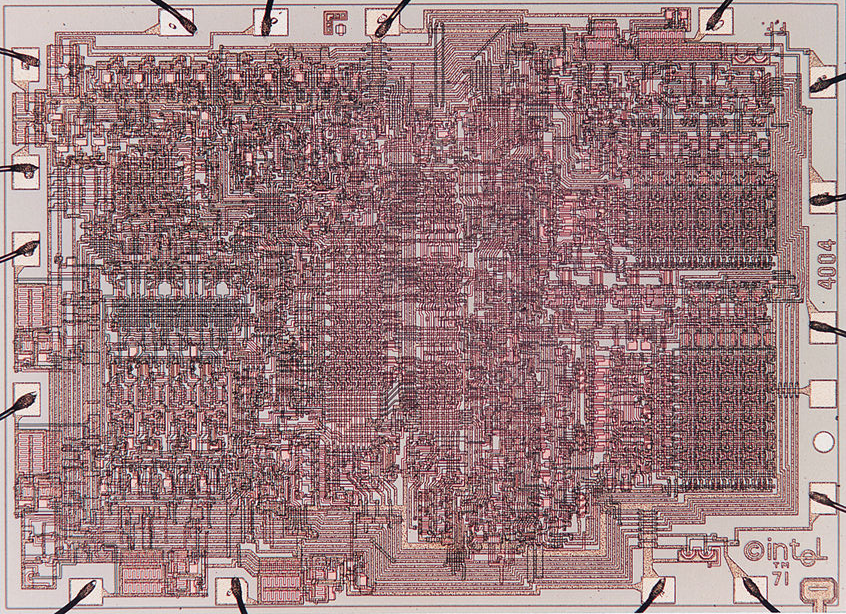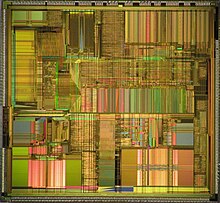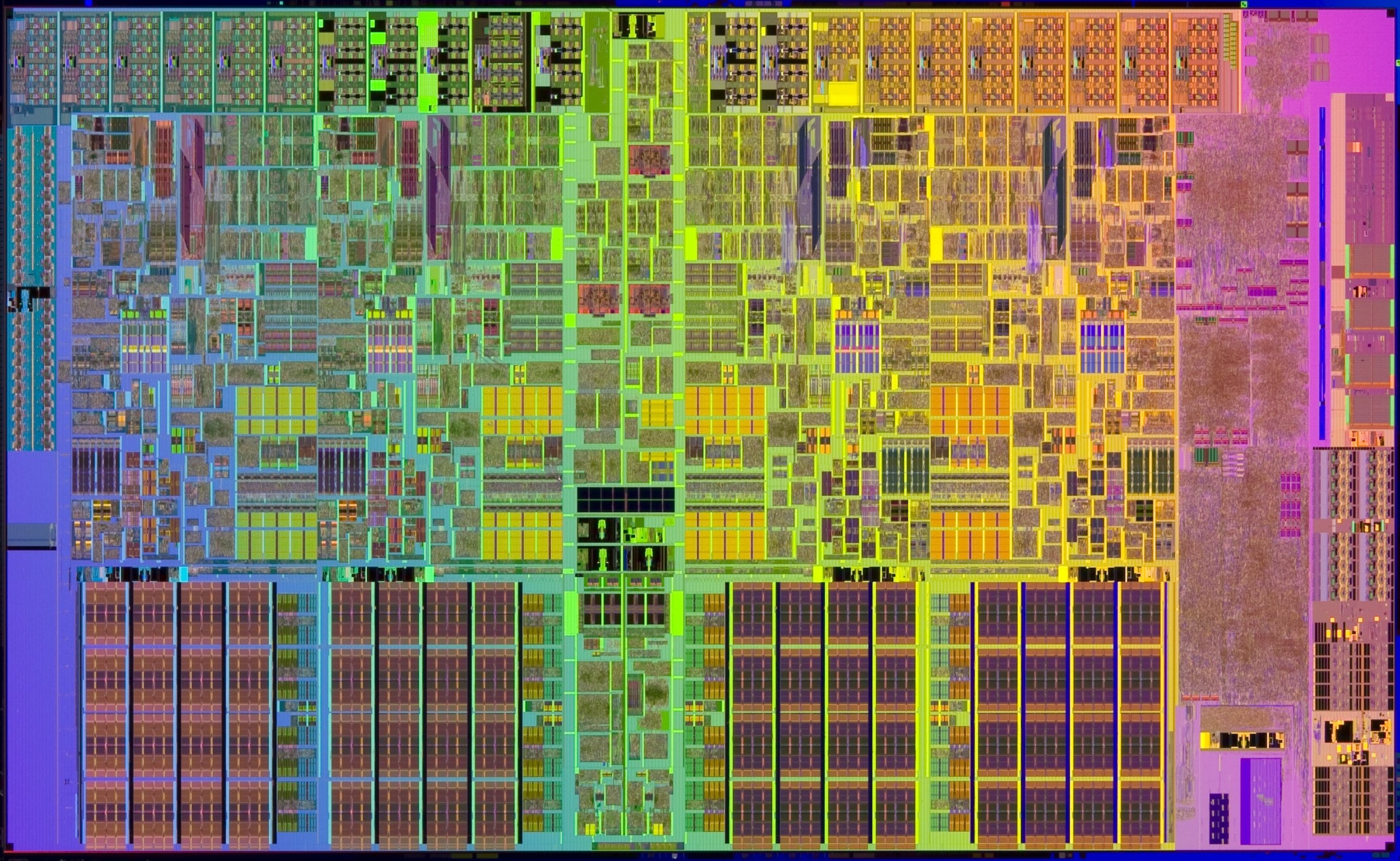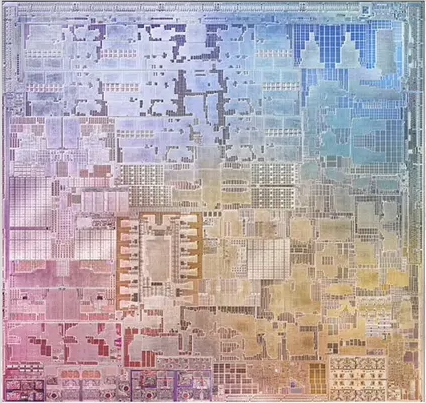the scale of a chip
Posted: Updated:
By:
The Scale of a Chip
Over the years, chip technology has evolved at an incredible rate. Let’s take a journey through time, exploring how the size of chips has changed, and compare their scale to everyday objects.
1. Intel 4004 (1971)
The Intel 4004 was the world's first microprocessor. Measuring around 12 mm², it housed 2,300 transistors. Back then, it was a revolution, even though its size was comparable to a postage stamp.

2. Pentium (1993)
Jumping forward to the Intel Pentium, this chip had a size of around 294 mm² and featured more than 3 million transistors. If the 4004 was the size of a postage stamp, the Pentium was more akin to a quarter.

3. Core i7 (2010)
With the Intel Core i7 (Nehalem), chips took a quantum leap forward. This processor had a die size of 263 mm² but boasted billions of transistors, allowing for enormous computational power. In comparison, the size was more like a large coin or poker chip.

4. Apple M1 (2020)
Fast-forward to the Apple M1 chip, which boasts a die size of around 120 mm² and incorporates 16 billion transistors. Despite being smaller in physical size, its processing power dwarfs older chips. The M1 is about the size of a fingertip.

5. NVIDIA A100 (2020)
The NVIDIA A100 GPU, targeted at AI and machine learning, has an astonishing die size of 826 mm² with over 54 billion transistors. The size of the die is comparable to a matchbox.
6. Modern Chips (2023)
Chips today, like the AMD Zen 4 or the Intel 14th Gen, have shrunk in size but grown in performance. These chips are often smaller than a dime, but they pack incredible processing power, utilizing cutting-edge 5nm and 3nm manufacturing processes.
Comparison Summary
| Chip | Year | Size (mm²) | Transistors | Size Comparison |
|---|---|---|---|---|
| Intel 4004 | 1971 | 12 | 2,300 | Postage Stamp |
| Intel Pentium | 1993 | 294 | 3 Million | Quarter |
| Intel Core i7 | 2010 | 263 | Billions | Poker Chip |
| Apple M1 | 2020 | 120 | 16 Billion | Fingertip |
| NVIDIA A100 | 2020 | 826 | 54 Billion | Matchbox |
As technology progresses, chip sizes shrink while transistor count grows, leading to more powerful and efficient processors. The journey of microchips is a testament to human ingenuity in miniaturization.